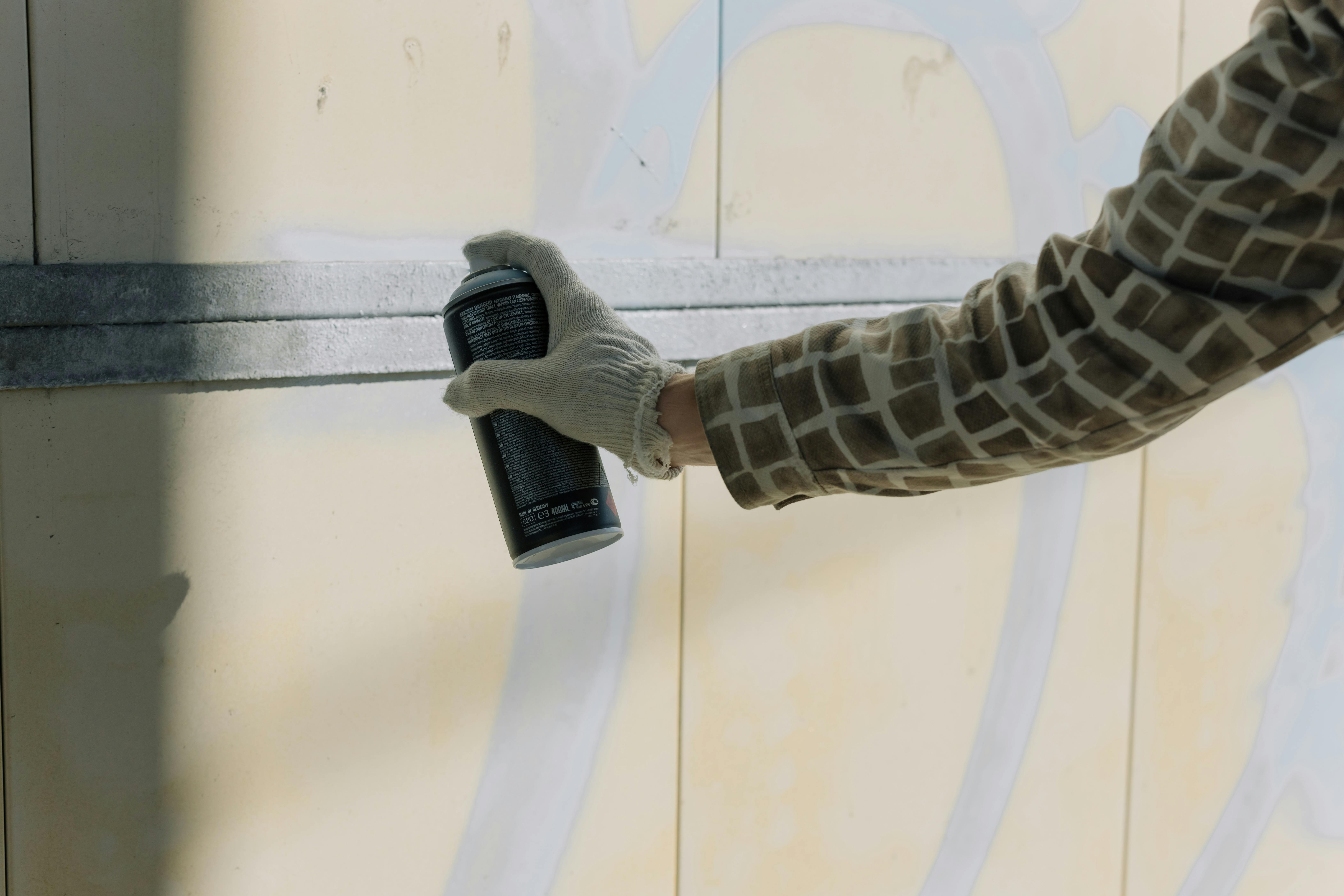What is a biopsy and when is it needed?
A biopsy is a medical test done to find cancer cells in a suspicious site. A radiologist or surgeon usually performs the procedure. A biopsy is one of many advanced tests that confirm the diagnosis of cancer.
The Pakistani population is at high risk of cancer. According to the Cancer Index, 11.8% of Pakistanis are at risk of cancer before the age of 75. Therefore, biopsy is a procedure that is commonly performed in the country.
In this article, we shed light on the complete biopsy procedure and what to expect if you have one.
Why is a biopsy necessary?
A biopsy is needed when a doctor suspects a medical condition such as cancer in a patient and wants to confirm it. When a patient has other symptoms of the condition, the biopsy essentially provides the final confirmation.
Imaging techniques such as X-rays and ultrasound can only show a mass at one site in the body. They do not report the exact nature of the cells in the mass. Not all masses are cancerous, but there is a good chance that a mass is. Therefore, a mass cannot be ignored and a biopsy is necessary.
During a biopsy, the doctor removes a small sample of tissue or cells and analyzes the sample in a laboratory. Using a small number of cells from the mass, the doctor can test the entire mass for cancer cells.
Types of biopsies
Depending on the medical condition that needs a diagnosis, there are different types of biopsies.
1. Bone Marrow Biopsy
Bone marrow is the semisolid material present in the largest bones. During a bone marrow biopsy, the doctor removes a small amount of bone marrow with a large syringe. Bone marrow is usually taken from the hip bone. It is a painful process and the patient may need to be anesthetized.
A bone marrow biopsy is generally used to diagnose blood-related problems. These problems can be cancerous, such as leukemia and lymphoma. They can also be non-cancerous, such as unexplained severe anemia. A doctor can also perform a bone marrow biopsy to find cancers that start elsewhere but are transferred to the bone marrow.
2. Endoscopic biopsy
In an endoscopic biopsy, the doctor uses a thin tube with a small light. Depending on the site of the investigation, this tube is inserted into the patient through the rectum, urinary tract, mouth, or skin. The tube with the lighthouse is then used to see inside the patient. The tube also has small tools that can remove a small sample from the affected site for further analysis.
Endoscopic biopsy is usually performed with the patient under anesthesia. Endoscopic biopsy may be done to obtain tissue samples from inside the bladder, colon, or lungs.
3. Needle biopsy
During a needle biopsy, the doctor takes a sample of cells through a needle from the affected site. Needle biopsies usually focus on tumors that are visible, such as breast lumps and swollen lymph nodes.
A biopsy is an important medical test. It can also be painful in some cases, but it is necessary regardless. It should be prepared before undergoing a biopsy. You should be sure to ask your doctor all the pertinent questions before the procedure begins and also afterward when explaining the results.
In any case, it is strongly recommended that the tests be administered by the best experienced radiologist. They know how to manage pain and ensure maximum precision.



Recent Comments